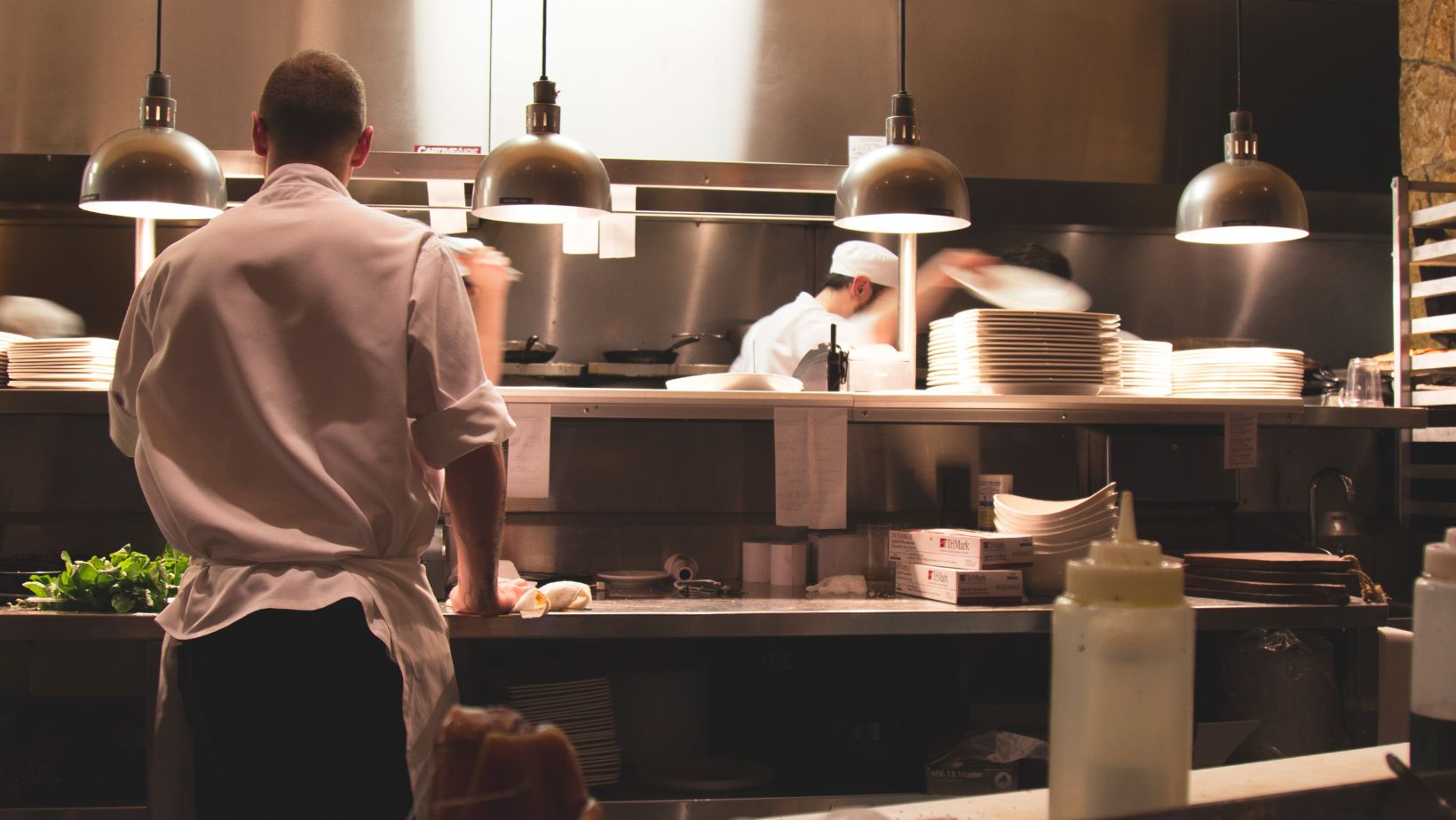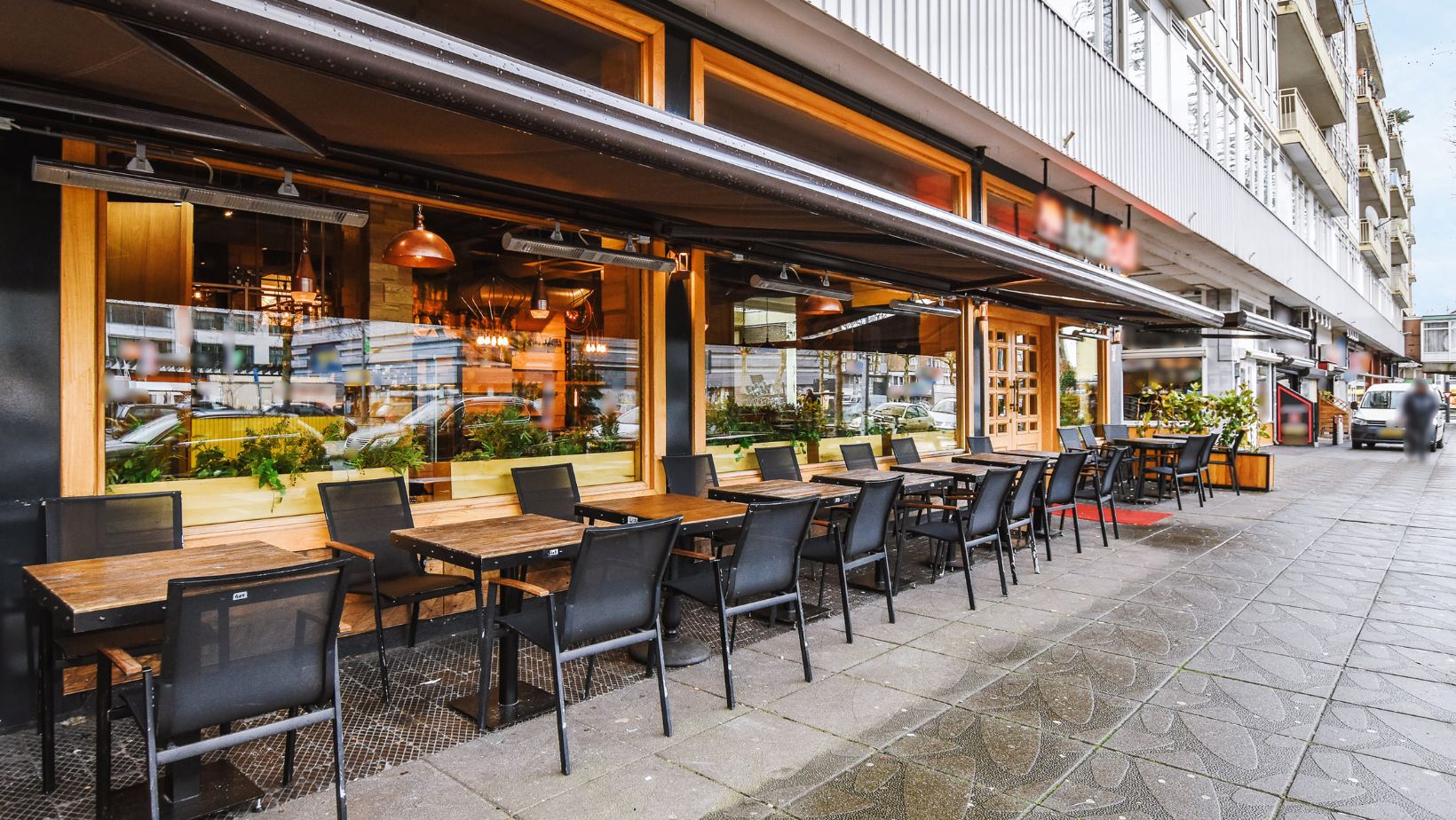
How to Start a Restaurant Business and Design It for Success

Starting a restaurant is a dream shared by many. It’s a chance to serve your favorite dishes, create memorable experiences, and build a brand that reflects your vision and passion. But while food and service are central to a restaurant’s success, interior design plays a powerful role in attracting customers and keeping them coming back.
If you’re planning to launch a restaurant, your décor is more than just aesthetics—it’s part of your business strategy. From lighting to seating to the choice of music, every design decision contributes to the customer experience. In this guide, we’ll walk you through the essentials of opening a restaurant with a focus on how to design a space that supports your brand and your bottom line.
Start with a Clear Concept
Before you choose paint colors or buy furniture, start with a clear concept. What kind of cuisine will you serve? Who is your target customer? Will your restaurant be casual, upscale, family-friendly, or designed for quick dining?
Your restaurant’s theme should guide every design choice. A rustic Italian trattoria will look very different from a sleek sushi bar or a bohemian vegetarian café. Once your concept is defined, the rest of your branding and decoration can align with it seamlessly.
Create a Mood Board
A mood board is a great way to visualize your ideas. Combine images, color swatches, textures, furniture samples, and lighting inspiration to create a cohesive look. This will help you make consistent design choices and communicate your vision to interior designers, contractors, and staff.
Functionality First
Beautiful restaurants can fail if they’re not functional. Your layout should support smooth operations, quick service, and a comfortable flow of customers and staff.

Plan for an efficient kitchen-to-table path, easy access for servers, and enough space between tables for privacy and comfort. Don’t forget the importance of accessible restrooms and a clean, welcoming entrance.
Lighting Makes a Difference
Lighting sets the tone in your restaurant. Natural light is always a plus, but it should be balanced with artificial lighting that suits the mood—bright and lively for a breakfast café, warm and intimate for a fine dining experience.
Use layered lighting: ambient lighting for general illumination, task lighting for work areas, and accent lighting to highlight design elements or artwork.
Choose Furniture with Purpose
Furniture should reflect your brand while remaining durable and comfortable. Invest in quality chairs and tables—customers will notice that for a modern aesthetic, sleek wood or metal furniture works well. For cozy spaces, consider upholstered chairs, rustic finishes, and soft color palettes.

Consider a variety of seating types: booths, bar stools, communal tables, and outdoor options if space allows. This gives your restaurant flexibility and broadens its appeal.
Incorporate Art and Decor Thoughtfully
Wall art, plants, shelving, mirrors, and decorative lighting can transform your space. But avoid clutter—each piece should serve a purpose or add to your story.
Local artwork, vintage finds, or branded signage can give your restaurant character. Plants, whether hanging or potted, add life and warmth to any interior.
Consider Acoustics
Sound plays a big role in the dining experience. High ceilings, hard surfaces, and loud music can create an overwhelming environment. Use acoustic panels, soft furnishings, and background music to create the right soundscape for your concept.
Branding Through Design
Your brand should be visible in your menu design, uniforms, signage, and even the materials you choose—like reclaimed wood for an eco-conscious brand or brass accents for a luxury touch.
Consistency builds trust. When your décor, service, and food all tell the same story, customers are more likely to remember you and return.
Technology and Tools to Streamline Your Restaurant
While the atmosphere is essential, you also need back-end efficiency to run a successful restaurant. That’s where technology comes in—especially when it comes to managing orders, tracking sales, and ensuring fast, accurate service.
One essential tool is your point-of-sale system. A modern POS does far more than handle payments. It serves as the digital heart of your restaurant’s operations.
The Gloria Food restaurant POS system is an excellent example of a smart, cloud-based platform designed to help restaurants of all sizes operate more efficiently. The Gloria Food restaurant POS system allows you to manage orders in real-time, track sales data, adjust menus instantly, and even accept online orders—all from one intuitive dashboard.
Using a reliable POS system helps you streamline front-of-house and back-of-house communication, reduce wait times, and get better insights into your most profitable items. For any new restaurant, investing in a system like this is a no-brainer.
Don’t Forget the Exterior
Your restaurant’s curb appeal is its first impression. An inviting façade with clear signage, outdoor seating, and tasteful décor can draw people in. Even if your space is small, a thoughtful entryway sets the stage for what’s inside.
Test, Refine, and Grow
Once you open, pay close attention to how people interact with the space. Are there bottlenecks at the entrance? Are tables spaced comfortably? Is the noise level acceptable? Gather feedback, observe behavior, and make adjustments as needed.
Your interior design is never “finished.” As your restaurant evolves, so will your space. Refreshing the décor seasonally or after a few years can reinvigorate your brand and give loyal customers a reason to come back.




